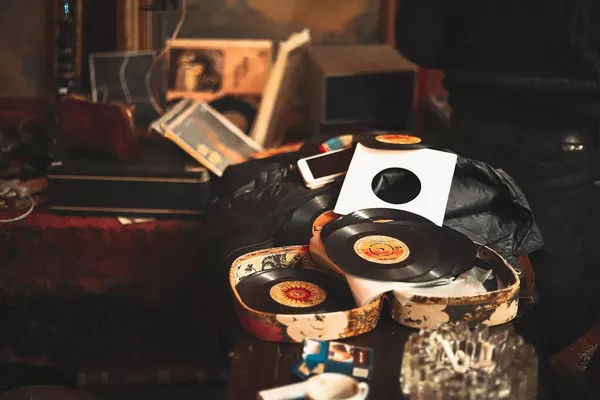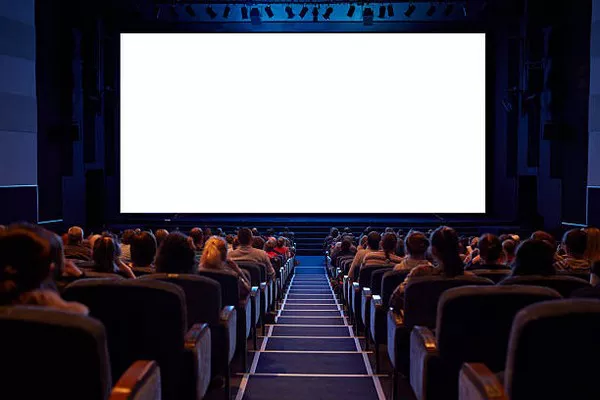As hip-hop commemorates its 50th anniversary, the genre’s transformation from its New York City origins to a worldwide cultural phenomenon is undeniable. One of the first significant regional adaptations of hip-hop came from the West Coast, where artists infused their distinctive sound and real-life struggles into the genre.
ABC News delves into the history of hip-hop, particularly the rise of West Coast rap, through conversations with rappers Too Short, E-40, Jay Rock, and experts Justin Credible, Touré, and Danyel Smith.
“I remember hearing Ice-T ‘6 ‘n the Mornin” and [being] like, ‘Whoa, what is that? That is different. That is wild. That’s a crazy story.’ It was deeper and badder than what we were talking about on the East Coast,” music journalist Touré reminisced.
The advent of West Coast hip-hop marked a seismic shift in mainstream music. Artists brought the realities of life in South Central Los Angeles to the forefront, delving into subjects from gang culture to the daily challenges faced by Black Americans.
In 1988, N.W.A burst onto the scene, igniting one of the first major disruptions within the music industry with hits like ‘F— Tha Police.’
“People think that gangsta rap is all like, ‘gang banging, shoot ’em up.’ N.W.A began talking about police brutality,” journalist Danyel Smith noted. “That was the thing that blew them up, which is something that we’re still talking about now. A group like N.W.A brought those kind of facts to the forefront, starting conversations that were long overdue. That’s conscious rap.”
These narratives of life in marginalized communities offered a unique perspective that few could share.
“They were painting this vivid picture that was almost like watching a movie,” shared Credible, host of LIFTOFF on Los Angeles radio station Power 106. “I was fascinated, you know, and then to think like these things were happening right up the way in this city. I was learning a lot from hip-hop, still am. But those weren’t necessarily things we were hearing in school and that was the brutal honest truth.”
The educational power of lyrics combined with melodic and funky beats gave birth to the G-Funk era, distinguished by its signature sound.
“In some ways, I think the G-funk era is as much about esthetic as it is about sound. It’s about the bass in the car stereo speakers. It’s about the haircuts. It’s about the clothes. It’s about the neighborhoods. It’s about putting the top down and blasting those funky sounds,” Smith explained.
The West Coast’s car-centric culture also played a role in shaping this sound, noted Touré.
“The West Coast, it’s totally a driving culture, right? And so you’re listening to songs in your car. So the West Coast was always like, take the tempo down, right? Tell a story, right? Make it funky, so I can lay back and listen as I’m grooving,” Touré elaborated.
In Northern California’s Bay Area, artists like Oakland’s Too Short brought their unique flavor to the hip-hop landscape, embodying the spirit of hustle. Just north in Vallejo, rapper E-40 continued this tradition with his clever wordplay and regional slang.
Tupac Shakur, an embodiment of speaking truth to power, stood out with tracks like “Changes” that addressed socio-economic struggles. Although tied to the West Coast, Shakur’s roots spanned the country, reflecting the genre’s diverse influences.
From gangsta rap to conscious lyrics, West Coast rap’s journey continues to shape pop culture, reinforcing the genre’s profound impact and enduring relevance.
“Whether you agree with it, whether you like it, whether you believe it, they’re speaking their stories [into] a huge megaphone. We had to make it even realer and deeper than it already was,” Smith concluded.



























